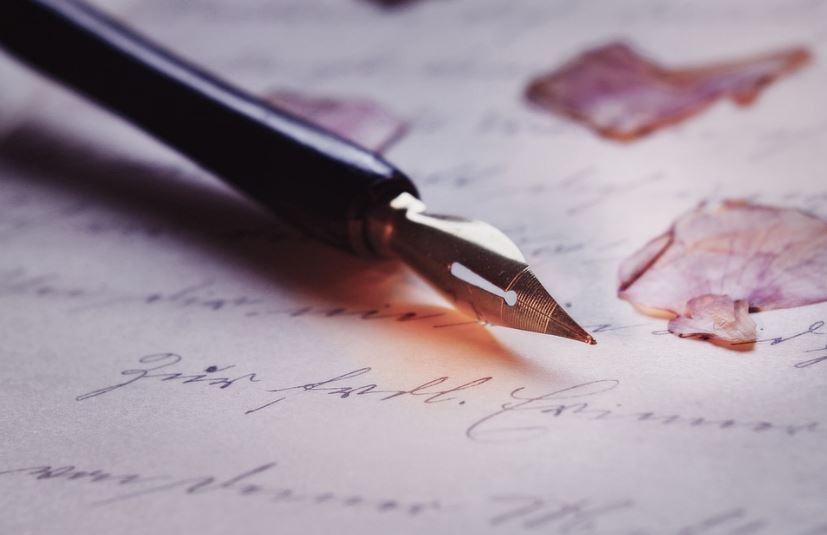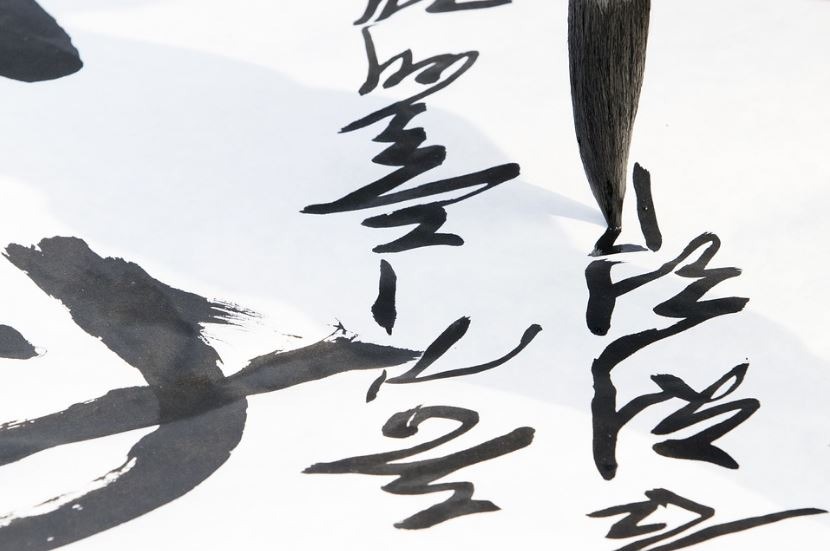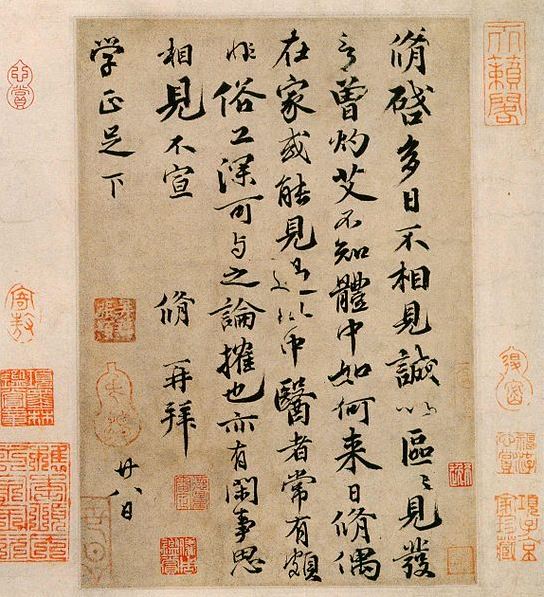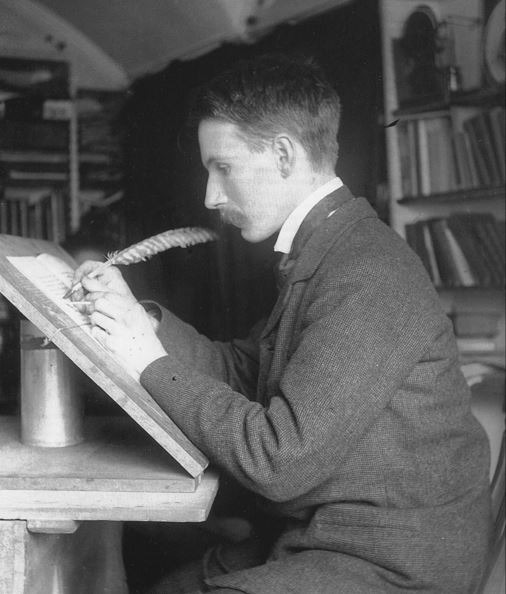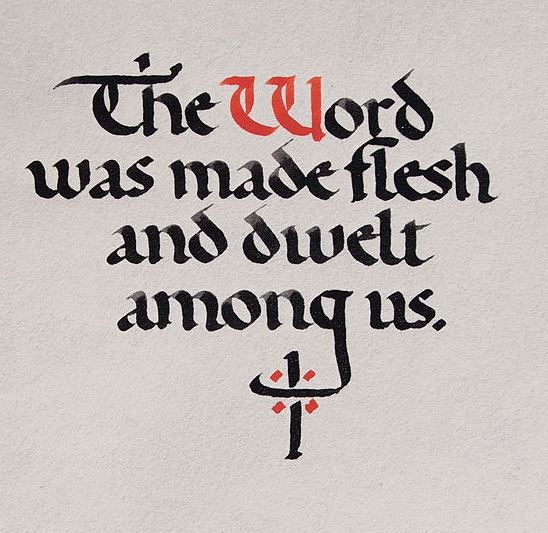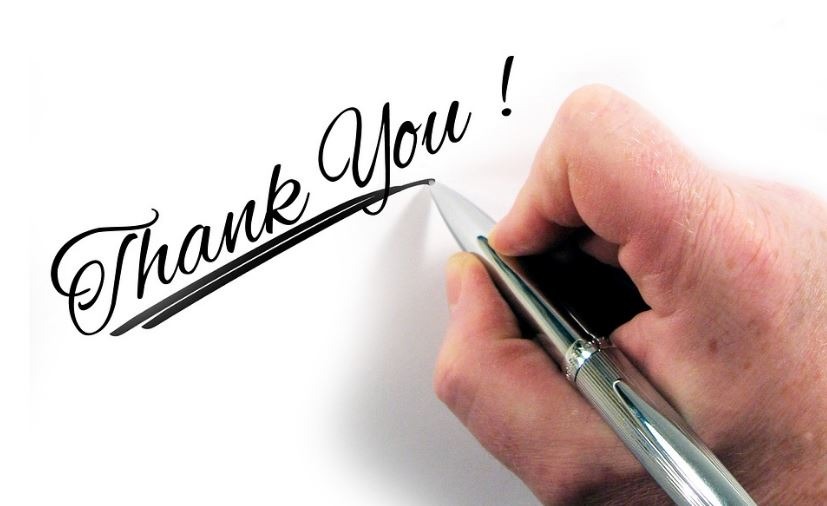Calligraphy, the art of beautiful writing, has a fascinating history that spans millennia. Calligraphy has been essential in expressing art, religion, culture, and communication from its roots in ancient China and expanded throughout the Islamic world and medieval Europe. Calligraphy comprises a variety of methods and styles, each with its own history and growth. Exploring the beginnings of calligraphy is a trip that will fascinate and inspire you, whether you are an artist, a historian, or simply a lover of the written word. Let’s explore the history and evolution of this ancient art form, finding its cultural and artistic significance throughout the years.
The Origins of Calligraphy
Calligraphy is a highly regarded art form that takes a high level of ability and knowledge to perfect. Writing using a specific pen or brush meant to generate graceful and flowing strokes is part of the discipline. The name “calligraphy” comes from the Greek terms “kallos” for “beauty” and “graphia” for “writing.” As a result, the core of calligraphy is the ability to write elegantly.
Many languages have depended on written scripts and images to transmit ideas and concepts throughout history. Arabic, and Asian languages, including Chinese and Japanese, Hebrew, and many more languages, have distinct handwriting styles. Religious writings, literary works, and official records are frequently written in calligraphy.
Calligraphy’s origins may be traced back to ancient China when characters were first etched onto animal bones and tortoise shells. The “oracle bone script” was a form of writing employed in rituals of divination and communication with spirits. This writing, however, developed through time into a more flowing and creative form that made use of the Chinese ink brush and paper.
Chinese calligraphy has had a great impact on the practice of calligraphy in Japan, Korea, and other Asian countries. Each region developed its own style and techniques, similar to the diversity observed in modern calligraphy. Artists knew that numerous aspects, like ink density, water absorption of the paper, brush type, and handling, all contributed to the ultimate outcome of the piece.
The Latin Calligraphy
Western calligraphy, often known as “European” or “Latin” calligraphy, is a kind of calligraphy that employs the classical Latin alphabet. It began in Europe, with the Romans among the first to write on long rolls of paper with ink-dipped reed or quill pens. Later on, Christian churches utilized Western calligraphy to transcribe Biblical passages.
Steel nibs eventually replaced feather quills, providing better convenience and lifespan. For various calligraphy styles, pointed nibs with a sharp point at the tip and flat or “broad edge” pens are employed. These nibs are used to create the complex writing that distinguishes Western calligraphy.
To recreate the handwriting work of scribes, an engraver would carve the strokes onto metal plates used for printing. Because copper was the preferred material for these plates, the term “Copperplate” calligraphy was coined.
As printing technology advanced, the usage of calligraphy declined as printed documents became increasingly common. On the other hand, calligraphy has witnessed a rebirth in popularity in recent years, with many individuals taking it up as a pastime or for commercial purposes.
The Early Technique of Calligraphy in East Asia
Calligraphy is a highly recognized art form in traditional East Asian lettering that needs accuracy and talent. The Four Treasures of the Study are the basic tools of calligraphy, consisting of máobǐ, Chinese ink, paper, and inkstones. These instruments are known as the Four Friends of the Study in Korea. Desk pads and paperweights are utilized in addition to these basic items.
The finished calligraphic work is affected by many factors, including the form, size, stretch, and hair type of the ink brush; the color, density, and water density of the ink; the paper’s water absorption speed; and the paper’s surface roughness. The technique of the calligrapher is particularly crucial since the appearance of the final letters is affected not only by the ink and water that the calligrapher allows the brush to absorb but also by the pressure, inclination, and direction of the brush.
Calligraphers can make thinner or stronger strokes and smooth or serrated borders by changing these factors. The calligrapher’s movement speed, acceleration, and deceleration also strive to imbue the characters with “spirit,” considerably impacting their final forms.
Did Printing Kill the Prominence of Calligraphy?
Calligraphy was not totally replaced by printing, and it remained an important aspect of creative expression. In truth, the Arts and Crafts movement and William Morris’ ideology spurred a renaissance of calligraphy in the nineteenth century. Edward Johnston, the “Father of Modern Calligraphy,” was a driving force behind this resurgence.
Johnston was originally introduced to calligraphy by architect William Harrison Cowlishaw, who had him look at copies of old manuscripts. Calligraphy had always interested him, but it wasn’t until Central School of Arts and Crafts principal William Lethaby suggested he check out some manuscripts at the British Museum that he really got into it. As a result, in September of 1899, Johnston began his career as a calligraphy teacher at London’s Central School on Southampton Row. A font designer and sculptor, Eric Gill was one of his most prominent students.
Johnston’s influence on calligraphy was far-reaching, as he is recognized for resurrecting the art of contemporary handwriting and lettering on his own. A group of British typographers and calligraphers—including Graily Hewitt, Stanley Morison, Eric Gill, Alfred Fairbank, and Anna Simons—were profoundly influenced by his book Writing & Illuminating, & Lettering (1906). In addition to teaching calligraphy, Johnston created the Foundational hand, a handmade circular calligraphic handwriting style done with a wide pen.
Johnston initially taught his students an uncial hand with a flat pen angle, but afterward, with a tilted pen angle. This hand was referred to as the “Foundational Hand” in his 1909 work. Johnston’s impact extended beyond the classroom, as he was commissioned by Frank Pick to create a new typeface for the London Underground, which is still in use today with minimal changes.
The Revival of Modern Calligraphy
Graily Hewitt was a calligrapher who worked closely with Edward Johnston and taught at the Central School of Arts and Crafts. He was instrumental in the resurgence of gilding in calligraphy and is credited with the resurrection of gilding on vellum with gesso and gold leaf. Hewitt was also a skilled type designer, and his work was published between 1915 and 1943. In 1921, he helped create the Society of Scribes and Illuminators (SSI), which is regarded as one of the world’s top calligraphy groups.
Hewitt’s work has been both praised and condemned. He is well-known for his rendition of Cennino Cennini’s medieval gesso formulae, which were found from earlier ages by Donald Jackson, a British calligrapher. On November 19, 1947, the day before Prince Philip married Queen Elizabeth, Graily Hewitt drafted the patent announcing the conferring of the title of Duke of Edinburgh to him.
With her German translation of Writing and Illuminating, & Lettering in 1910, Anna Simons, a student of Edward Johnston, was essential in igniting interest in calligraphy in Germany. Rudolf Larisch, an Austrian lettering teacher at the Vienna School of Art, authored six lettering works that affected German-speaking calligraphers immensely. Because it had not been abandoned in printing, the Gothic hand had a great effect on the styles of German-speaking nations.
Rudolf Koch was Larisch’s buddy and younger contemporary. Koch’s writings, type designs, and teaching established him as one of the 20th century’s most important calligraphers in Northern Europe and, subsequently, the United States. Many European calligraphers, notably Karlgeorg Hoefer and Hermann Zapf, were instructed and influenced by Larisch and Koch.
Computer fonts, from word processors like Microsoft Word or Apple Pages to professional design software programs like Adobe InDesign, owe a great deal to the past and a tiny number of professional typeface designers today.
Calligraphy in the Form of Hand Lettering
Hand lettering is a fun technique to draw letters and words. It’s a cross between calligraphy and illustration, with the forms of the letters built up by hand. Hand lettering is different from calligraphy in that it entails drawing each line of a letter rather than making the entire letter with a single stroke.
One advantage of hand lettering is that there is no requirement for precision. Letterers are instead encouraged to establish their own style and can design letters in various ways. Hand lettering has no hard and fast restrictions, which allows for more flexibility and experimentation
Brush writing is a popular hand lettering technique that has been becoming more popular recently. It employs a brush pen or paintbrush to give each letter a more fluid and dynamic appearance. This style frequently employs more contrast between thick and thin strokes, resulting in a visually appealing appearance.
To make excellent hand lettering, it is necessary to first master the fundamentals of lettering, such as how to generate varying thicknesses in lines and how to maintain uniformity throughout several letters. After understanding these fundamentals, letterers can experiment with other styles and create their own distinctive designs.
In conclusion, calligraphy has a rich and intriguing history that stretches over centuries and nations. Calligraphy has evolved and inspired artists worldwide, from its roots in ancient China to its current resurgence by prominent pioneers such as Edward Johnston and Graily Hewitt. There is plenty to learn and explore in calligraphy, whether you are interested in traditional forms or newer versions such as hand lettering and brush writing. So, why not take up a pen and delve into the fascinating world of calligraphy yourself? Who knows, you could find a new hobby you will enjoy.

